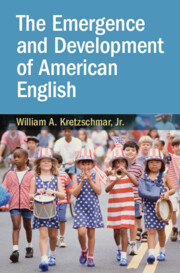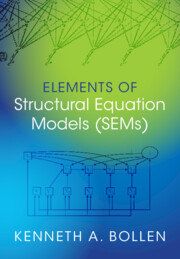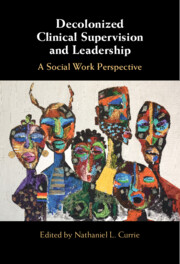Refine listing
Actions for selected content:
1299800 results in Books
Soviet Jews under Late Stalinism
- A Story from the Western Borderlands
- Coming soon
-
- Expected online publication date:
- February 2026
- Print publication:
- 28 February 2026
-
- Book
- Export citation

Probing the Consistency of Quantum Field Theory I
- From Nonconvergence to Haag's Theorem (1949–1954)
- Coming soon
-
- Expected online publication date:
- February 2026
- Print publication:
- 31 January 2026
-
- Element
- Export citation
Byzantine Law
- The Law of the Eastern Roman Empire
- Coming soon
-
- Expected online publication date:
- February 2026
- Print publication:
- 28 February 2026
-
- Element
- Export citation

The Fall of the Tang
- Gao Pian's Trials of Allegiance
- Coming soon
-
- Expected online publication date:
- February 2026
- Print publication:
- 28 February 2026
-
- Book
- Export citation

Studies in Greek Literature
- Coming soon
-
- Expected online publication date:
- February 2026
- Print publication:
- 28 February 2026
-
- Book
- Export citation

The Emergence and Development of American English
- Coming soon
-
- Expected online publication date:
- February 2026
- Print publication:
- 28 February 2026
-
- Book
- Export citation
Heidegger on Being-in-the-World
- Coming soon
-
- Expected online publication date:
- February 2026
- Print publication:
- 28 February 2026
-
- Element
- Export citation

Developmental Dilemmas
- The Role of Power and Agency
- Coming soon
-
- Expected online publication date:
- February 2026
- Print publication:
- 28 February 2026
-
- Element
- Export citation

Think of England
- Nation, People, and Race in the English Imagination
- Coming soon
-
- Expected online publication date:
- February 2026
- Print publication:
- 31 January 2026
-
- Book
- Export citation

Making Protest
- The Role of Protest Brokers in South Africa's Urban Landscape
- Coming soon
-
- Expected online publication date:
- February 2026
- Print publication:
- 28 February 2026
-
- Book
- Export citation

Environmental Economics in the Presence of Tipping Points
- Coming soon
-
- Expected online publication date:
- February 2026
- Print publication:
- 28 February 2026
-
- Element
- Export citation

Why the Rush?
- An Institutional Economic Analysis of Homesteading and the Settlement of the West
- Coming soon
-
- Expected online publication date:
- February 2026
- Print publication:
- 28 February 2026
-
- Book
- Export citation

Elements of Structural Equation Models (SEMs)
- Coming soon
-
- Expected online publication date:
- February 2026
- Print publication:
- 28 February 2026
-
- Book
- Export citation

Move Slow and Upgrade
- The Power of Incremental Innovation
- Coming soon
-
- Expected online publication date:
- February 2026
- Print publication:
- 05 February 2026
-
- Book
- Export citation

Civil and Uncivil Disobedience
- Coming soon
-
- Expected online publication date:
- February 2026
- Print publication:
- 28 February 2026
-
- Element
- Export citation

Ballad Business
- Selling Early Modern Theatre
- Coming soon
-
- Expected online publication date:
- February 2026
- Print publication:
- 28 February 2026
-
- Book
- Export citation

Decolonized Clinical Supervision and Leadership
- A Social Work Perspective
- Coming soon
-
- Expected online publication date:
- February 2026
- Print publication:
- 28 February 2026
-
- Book
- Export citation

Gender Economics in the Global South
- Coming soon
-
- Expected online publication date:
- February 2026
- Print publication:
- 28 February 2026
-
- Element
- Export citation

Analytical Aircraft Flight
- Dynamics, Performance, Stability, and Control
- Coming soon
-
- Expected online publication date:
- February 2026
- Print publication:
- 29 January 2026
-
- Textbook
- Export citation

A Philosophical History of the Concept
- Coming soon
-
- Expected online publication date:
- February 2026
- Print publication:
- 28 February 2026
-
- Book
- Export citation
